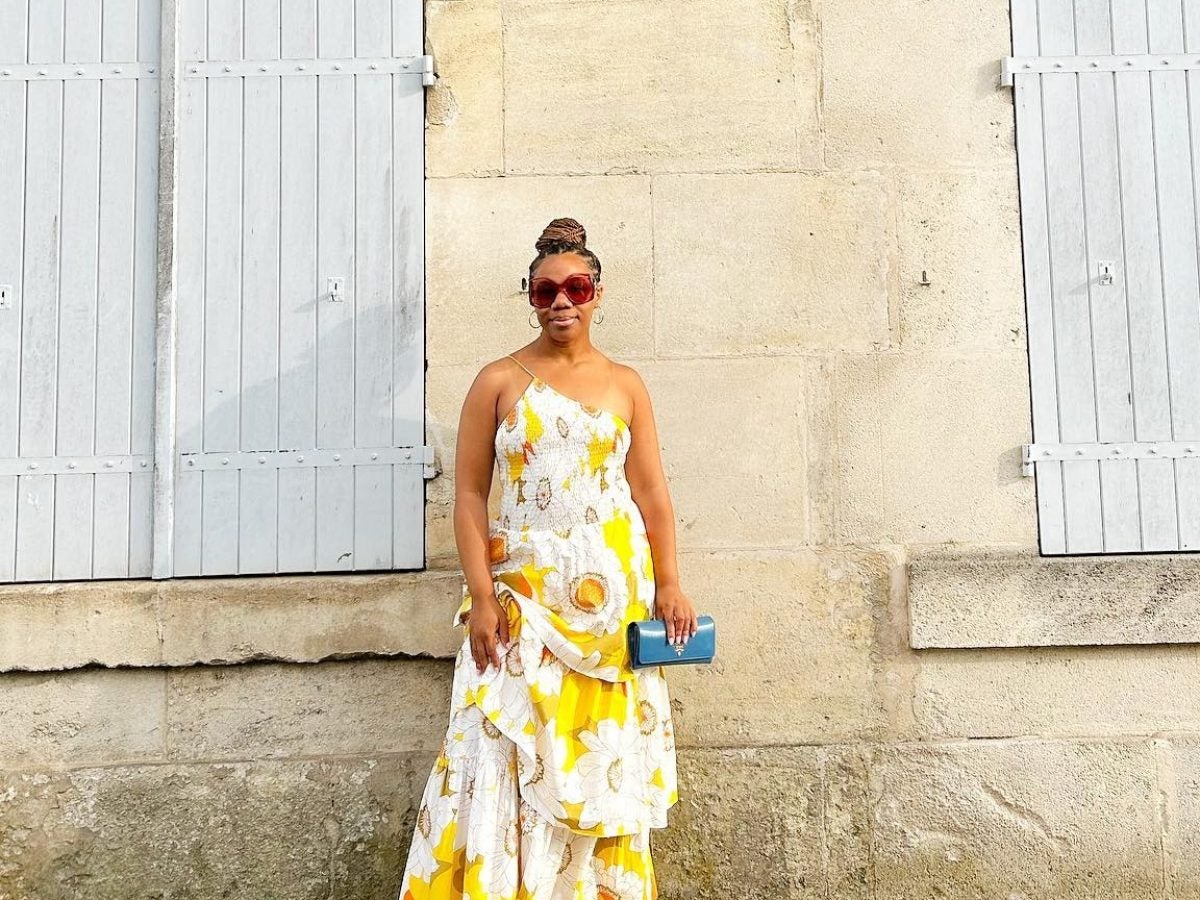
This story is featured in the September/October 2023 issue of ESSENCE, available on newsstands now.
Several ornamented items may catch your eye when you look in my closet. A translucent sequined dress with gold embellishments. A multicolored, fringe-trimmed coat. A pair of bubblegum-pink mules. When I wear these pieces, I tell a story through my attire and allow others to see me as I like to view myself: bold, beautiful, sexy, and feminine.
Lately, I’ve indulged in collecting vintage clothing. On a recent visit to Mercy Vintage boutique in Oakland, I found a tailored Missoni cream and red power suit and knew I had to try it. After seeing the suit on my body, I felt a shift. I was strong, ready to seize the day with a newfound enthusiasm. What changed? I thought. Did this suit really just transform my whole mood? It turns out it did.
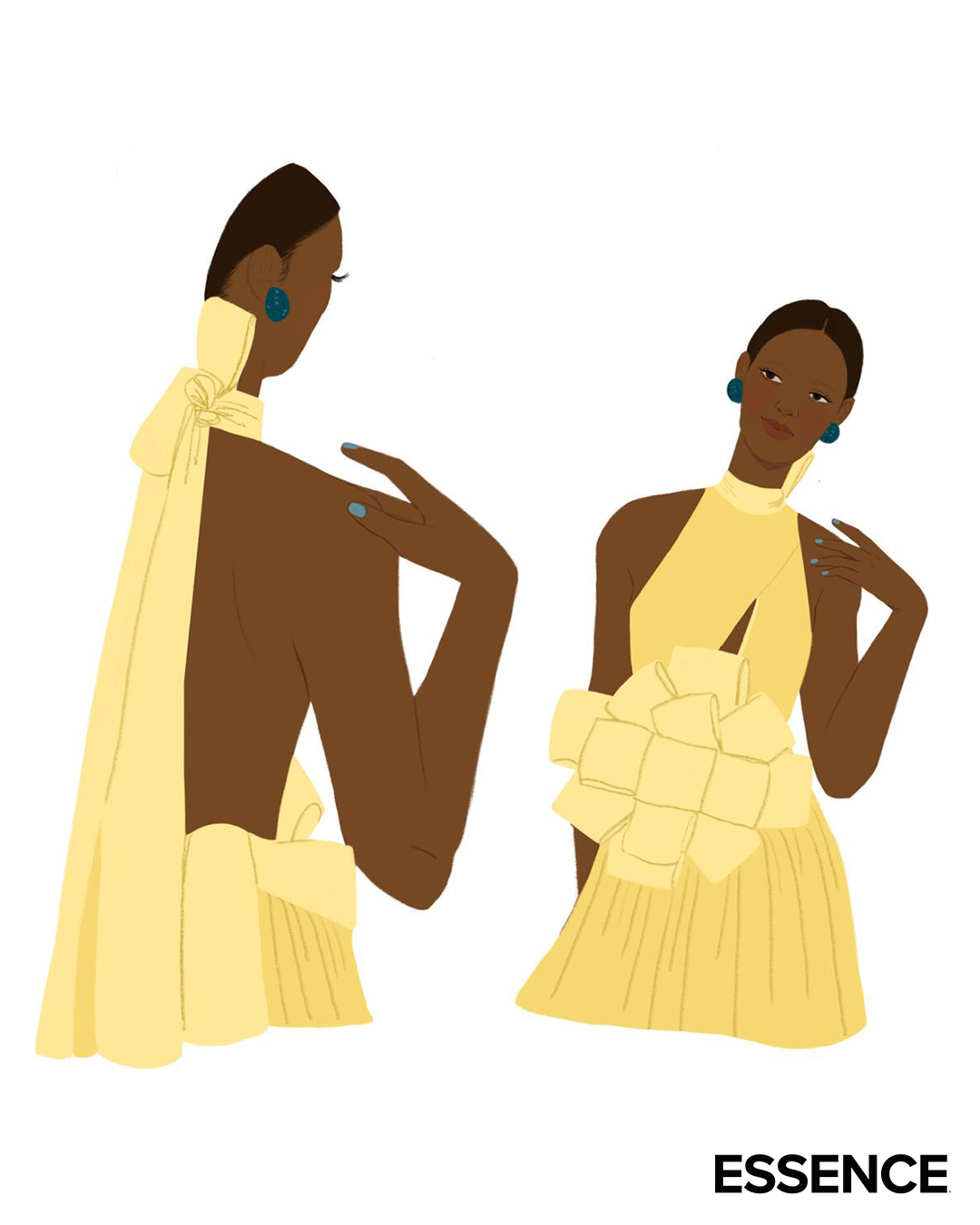
I appreciate clothes for that very reason: They can alter our perception of ourselves and grant us self-assurance that we might not have had before we stepped into a particular outfit. But can fashion actually improve your mental health? According to New Jersey–based psychologist Sarah Seung-McFarland, founder of fashion- and design-psychology blog Trulery, not exactly. She believes that while we can attest to feeling uplifted when we’re dressed our best, this does not mean that a sartorially resplendent person automatically equates to a happy one. A deeper level of work is needed to experience an overall positive attitude and improved self-esteem. However, she says that clothes are a powerful tool to enhance your state of mind at a given moment.
“A curated outfit can support healing and an improved mood,” she explains. “Clothing can also affect how we think when we wear pieces that have symbolic meaning to us. This is known as ‘enclothed cognition,’ it suggests that when we put on clothes that have significant meaning to us, we take on the characteristics of the clothing. This can explain why wearing your ‘lucky shirt’ for your presentation may make you feel more equipped in the face of nerves.”
But Seung-McFarland cautions against relying on “the right clothes,” or trends, to bolster our courage. The pressure to conform to societal standards might end up being a hindrance to our mental health. “We don’t want to mismanage clothing or use it as a maladaptive coping skill,” she says. “Instead, we want to use clothing to reflect our authentic selves in the best possible way. We can project an image with our clothing that reflects comfort and self-esteem, even if we aren’t there yet. This does not mean we use clothes to project a fake image. Rather, we use them to support us as we evolve to become the best versions of ourselves.”
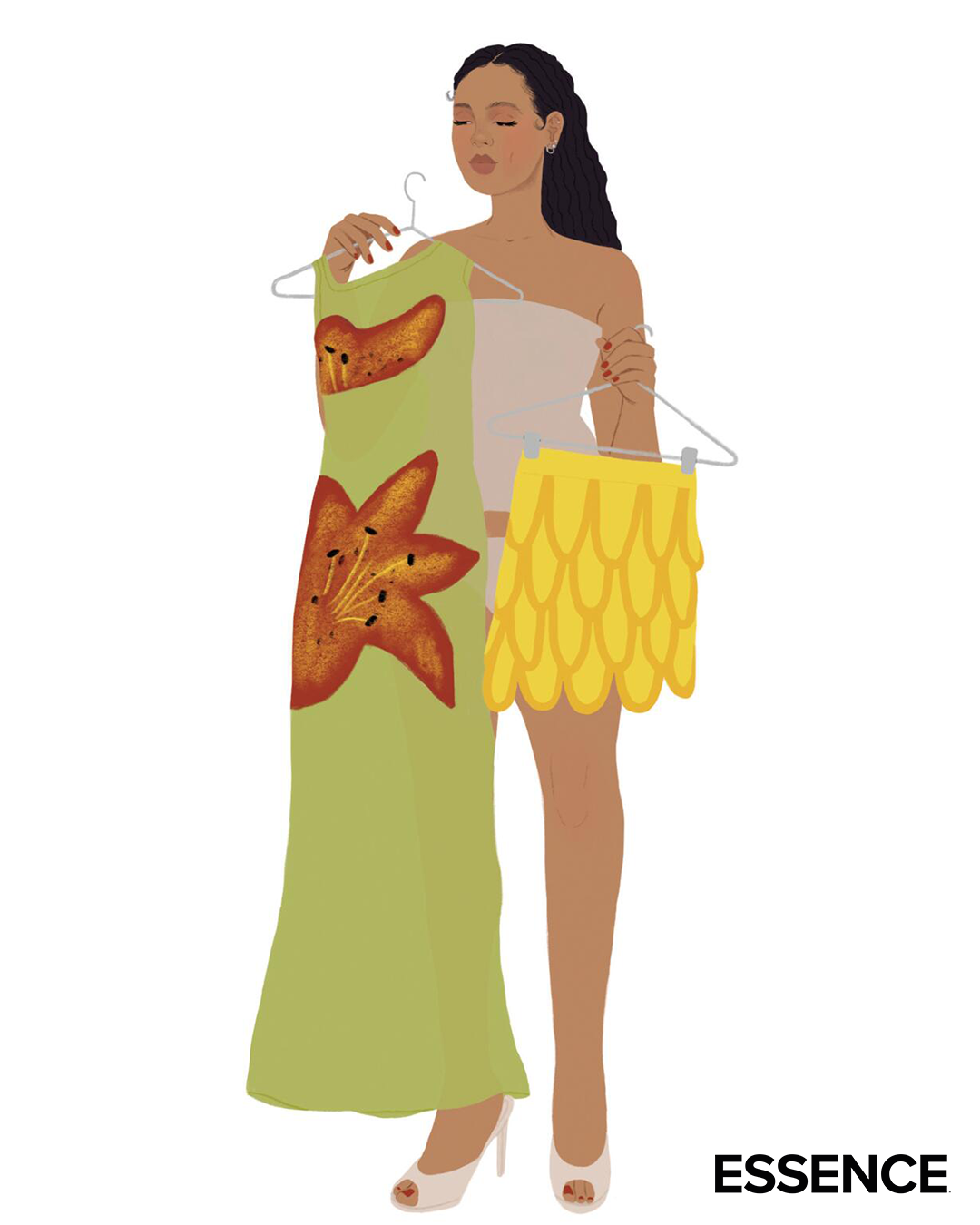
The concept of presenting your best self to the outer world through attire, despite circumstances, isn’t new—women have been leveraging this approach for some time. Dating back to when they were enslaved, Black women had a set of clothing reserved for church—coining the term “Sunday Best” when mentioning garments worn for religious services. This garb was also worn by domestic workers during the Jim Crow era—and was eventually displayed outside of houses of worship by civil rights activists, who adorned themselves in their best clothes at protests to make it clear that they were dignified. Atlanta-based fashion historian Shelby Ivey Christie also points out that celebrated women such as Nina Simone used their wardrobes to optimize mental health. “Nina Simone has some of the most beautiful and recognizable stage costuming,” she says. “However, she struggled with undiagnosed bipolar disorder for many years. She was eventually diagnosed, but the years Simone spent performing while fighting through mental health challenges had to be hard. Despite that, she could still communicate who she was through her costuming, her makeup and her iconic hair.”




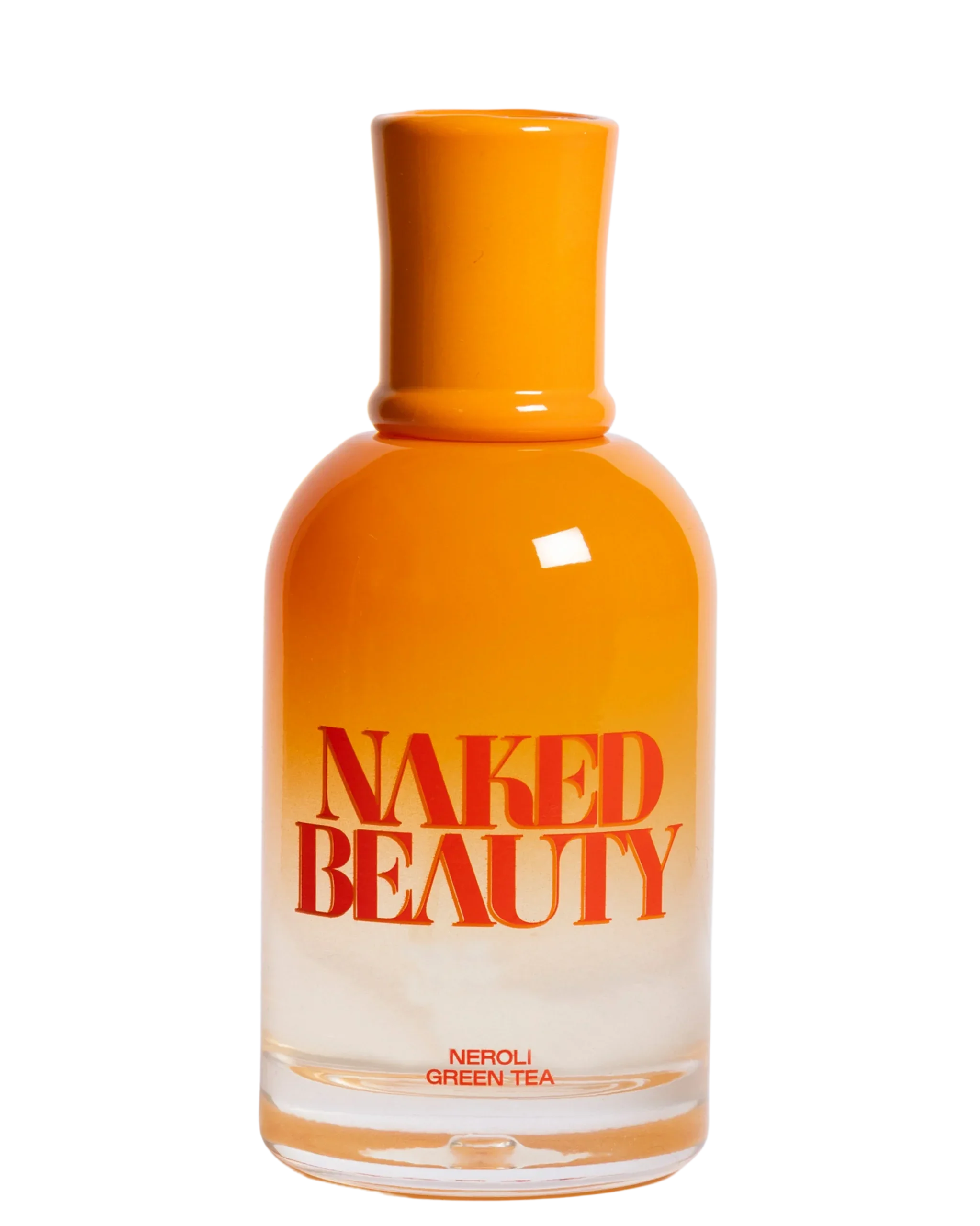
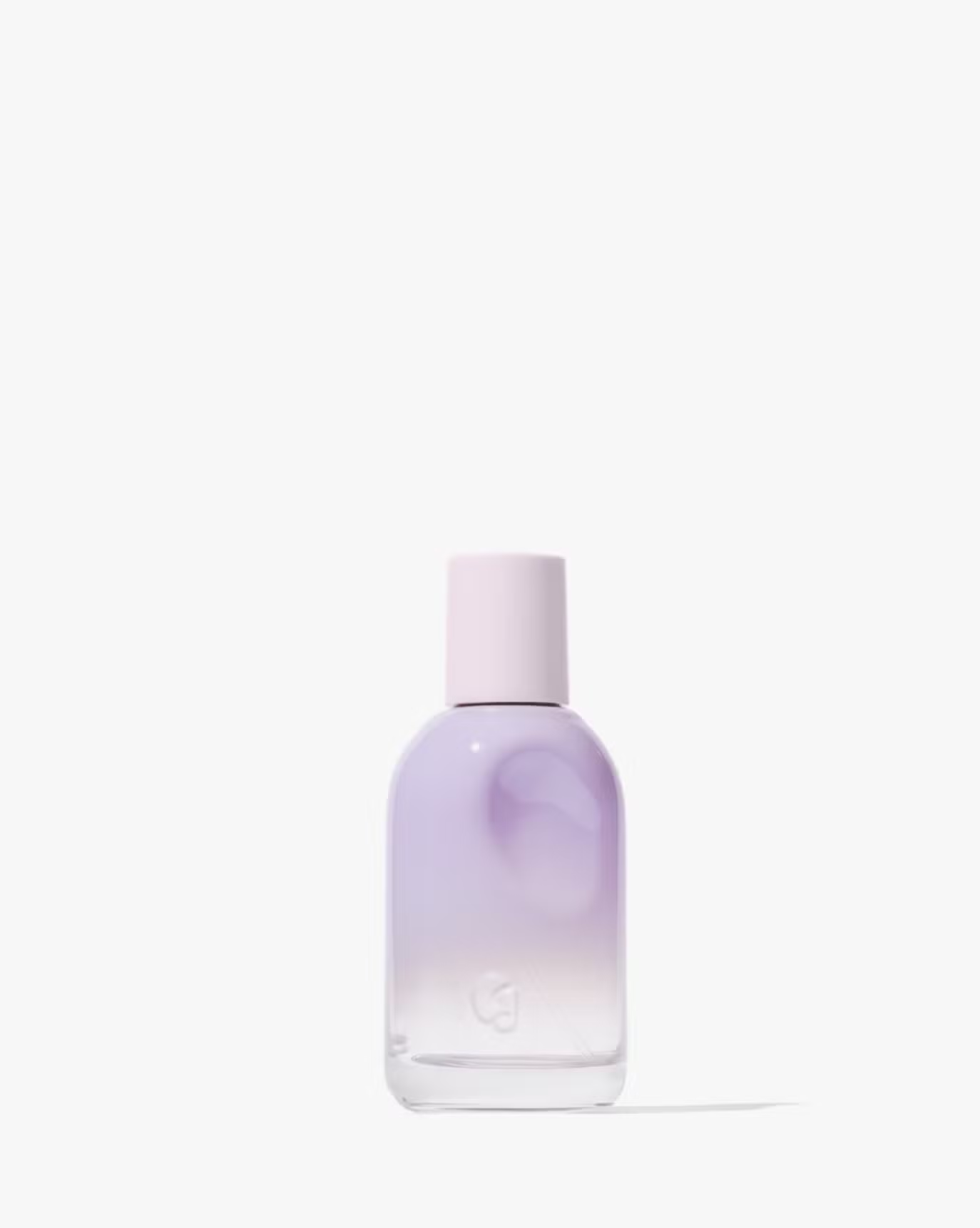
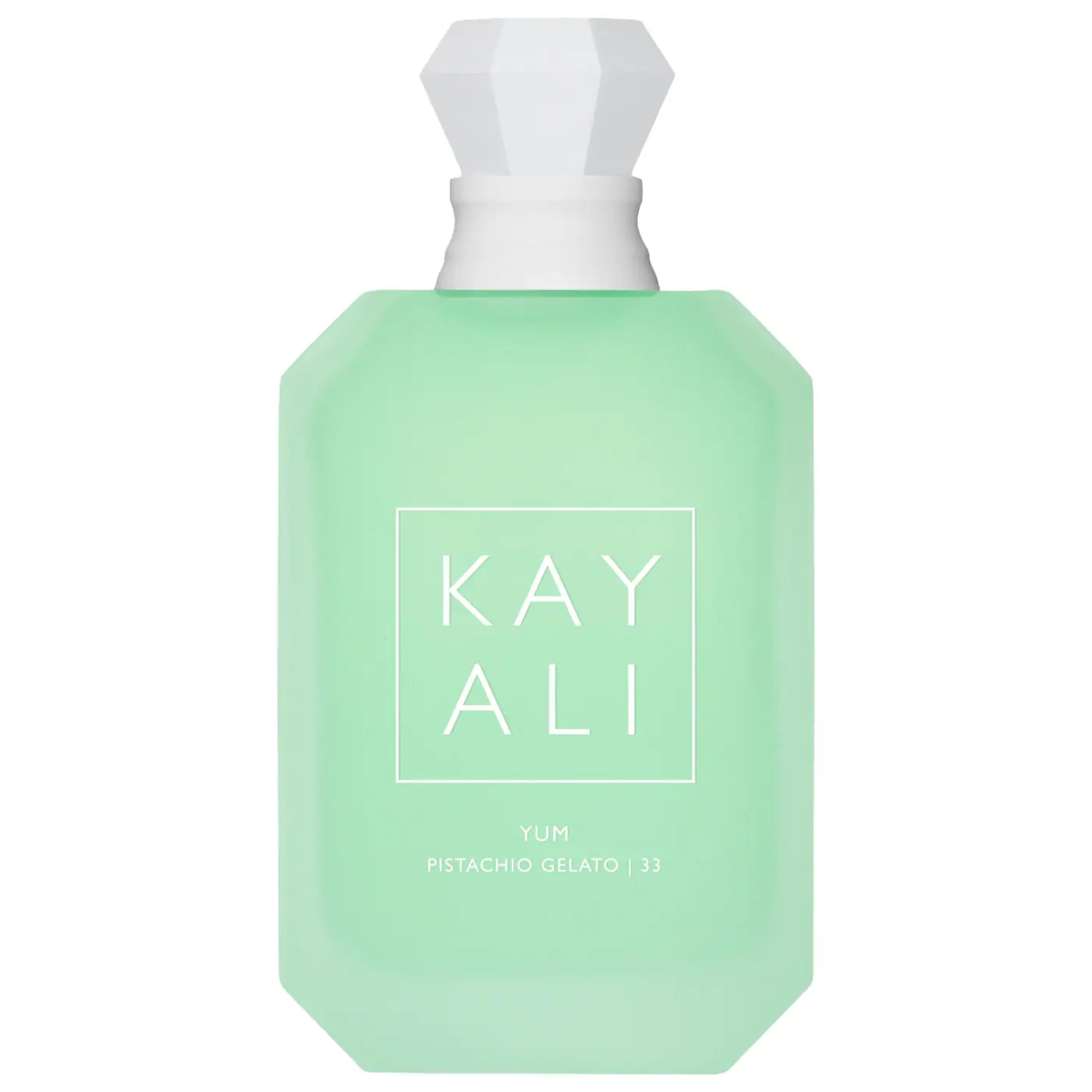
London’s Shakaila Forbes-Bell— founder of the platform Fashion Is Psychology, and the first Black person in the world to earn a postgraduate degree in fashion psychology—helps her clients uncover the role clothing plays in their lives. Fashion psychology reveals the true value of our attire, beyond aesthetics, by exploring five areas: the way your clothes allow you to navigate different versions of yourself; the reasons you buy certain items; how your clothes change your mood; how they impact your body image; and how people use style to define themselves for others.
“Dressing for how you currently feel helps you to stay present by honoring your current state of mind,” notes Forbes-Bell. “Dressing how you want to feel gives you the power to shift your mood and potentially take you out of negative emotional states.” She adds that ornate and embellished styles of clothing can also offer a form of escapism, for Black women who are attempting to navigate a multitude of hurdles.
“Black women across the diaspora face several challenges regarding institutionalized racism, which means many circumstances lie outside of our control,” she observes. “One thing that you can control, to a large degree, is the way you show up in the world, including your styling choices. Taking ownership of how you present yourself—being intentional about the messages you’re communicating, the identity you’re expressing or concealing—provides Black women with a greater sense of ownership, which can end up boosting their well-being.”





